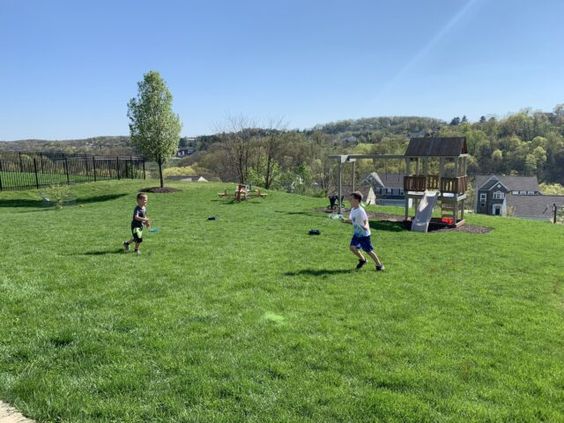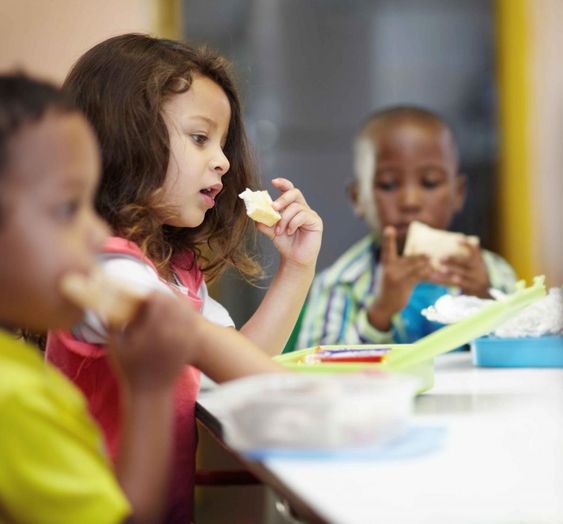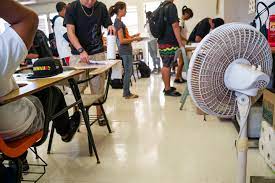Introduction:
Health and wellness are vital components of daily life, yet they often take a back seat to other subjects in educational settings. However, by incorporating these important topics into my daily classroom routine, I’ve seen a remarkable difference in both my students’ well-being and overall enthusiasm for learning.
The Need for Health and Wellness in the Classroom:
In today’s fast-paced world, children face countless pressures from their academic, social, and personal lives. These stressors can lead to adverse effects on their mental, emotional, and physical health. By implementing a wellness-focused approach to our day-to-day activities, we can help students navigate through these challenges with greater resilience and positivity.
The Benefits of Incorporating Health and Wellness:
Since incorporating health and wellness into the classroom routine, I have observed numerous positive changes. These benefits include:
1. Improved Focus: With regular mindfulness exercises like deep breathing or meditation, students can develop better concentration and focus in their learning.
2. Enhanced Emotional Regulation: Techniques such as journaling or group discussions about emotions help students process their feelings more effectively.
3. Increased Physical Activity: Introducing short exercise breaks during class time promotes an active lifestyle while also reinforcing the importance of physical fitness.
4. Better Nutrition Awareness: Classroom lessons on nutritious eating encourage healthier food choices both at school and at home.
5. Strengthened Immunity: Promoting habits like regular handwashing reduces illness-related absences, allowing for more consistent learning experiences.
How I Added Health& Wellness Into Routine Tasks:
– Starting each day with a brief mindfulness exercise encourages students to settle into a more attentive state of mind.
– Holding impromptu stretch or dance breaks helps break up long periods of sitting and cultivates a culture of movement.
– Incorporating journaling prompts about personal feelings or reflections on recent events facilitates healthy emotional expression.
– Encouraging students to bring healthy snacks and discussing their nutritional value instills food literacy.
The Impact on Students and Teachers:
Prioritizing health and wellness in the classroom has positively impacted not only my students but also my teaching. Students are more engaged, better equipped to handle stress, and exposed to lifelong healthy habits. As an educator, I’ve gained a renewed sense of purpose in nurturing not only their intellectual growth but also their overall well-being.
Conclusion:
By integrating health and wellness into everyday classroom routines, teachers can foster a more well-rounded learning experience for their students. The benefits are clear, from improved focus and emotional regulation to increased physical activity and better nutrition. Ultimately, making health and wellness a priority in education equips children with the tools they need to thrive both inside and outside the school environment.











